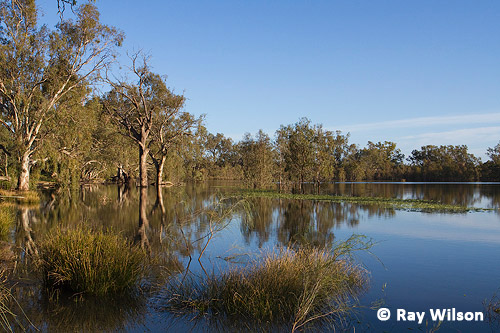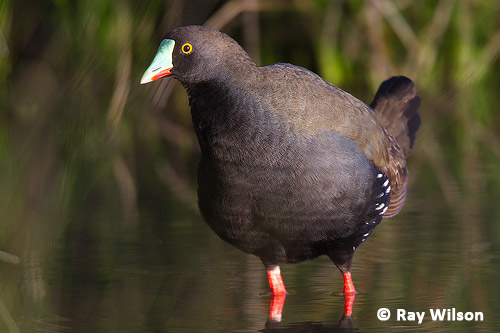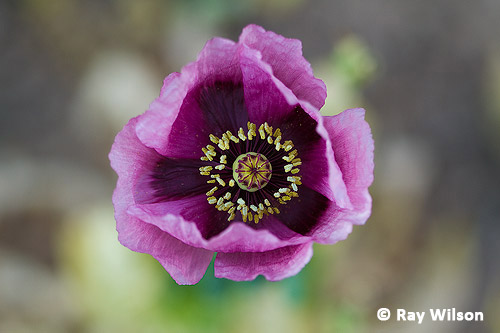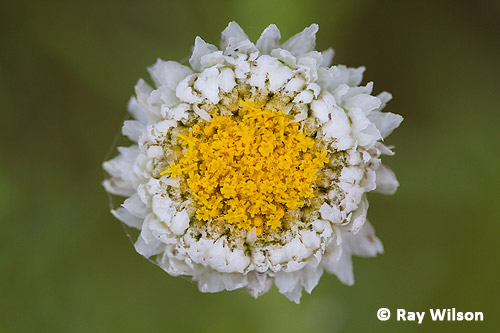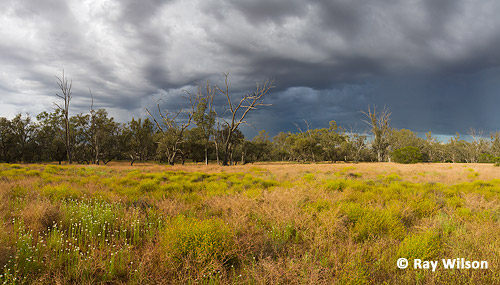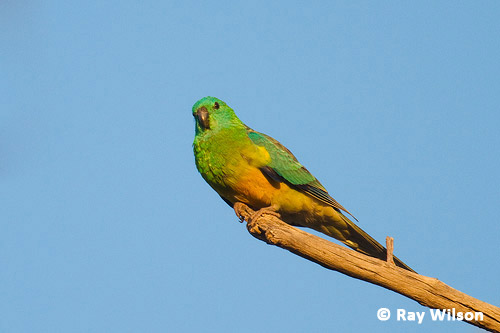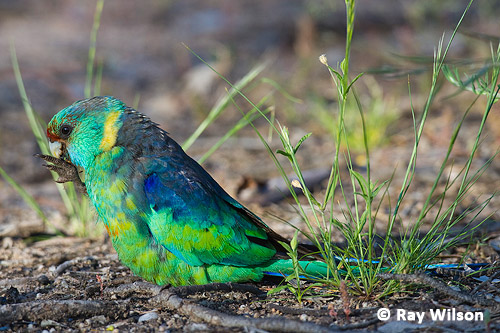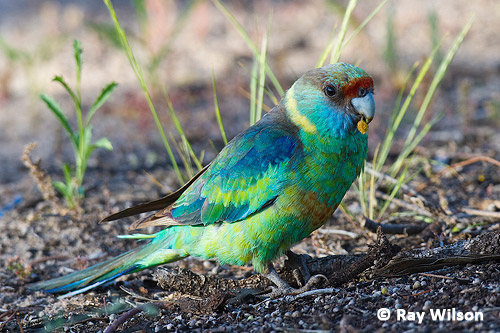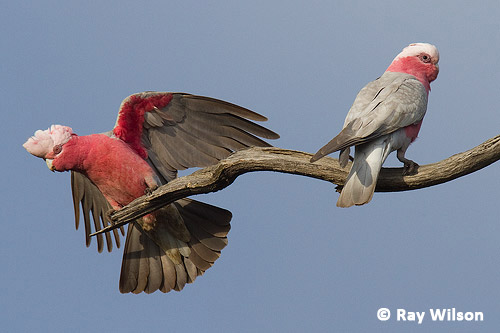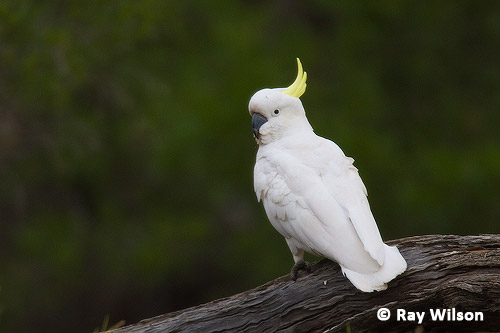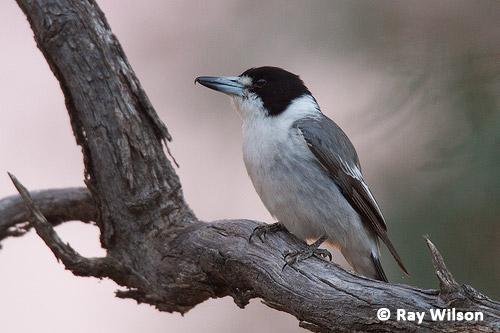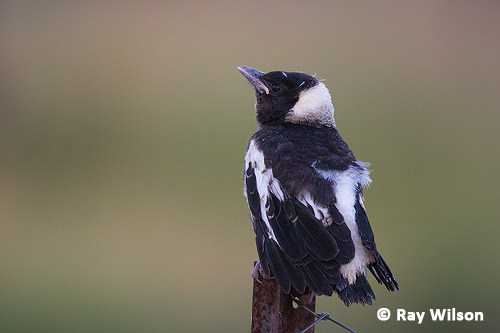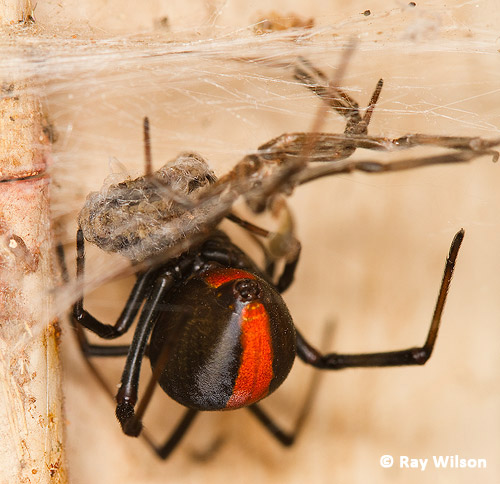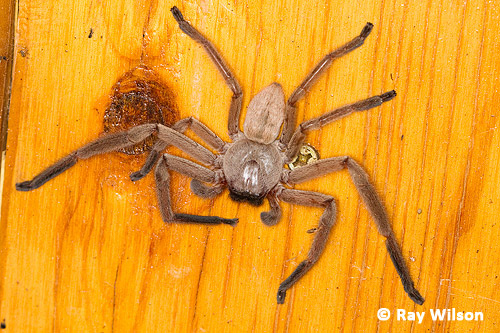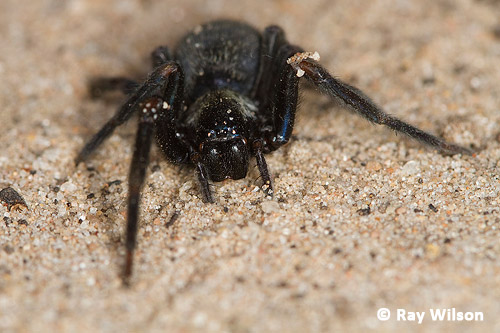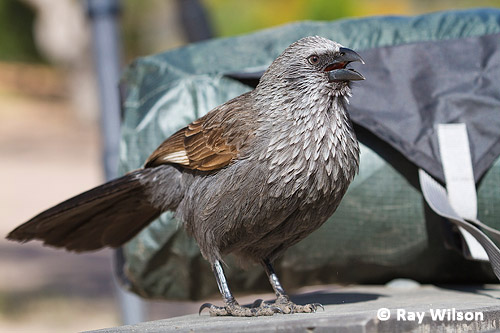
- Home
- Workshops / Tours
- Diary / Blog
- Galleries
- Foreign Trips
- Tasmania 2016
- NE Queensland 2016
- Western Alps 2016
- NE Spain 2016
- Australia's Wet Tropics 2015
- Australia's Top End 2015
- SW Australia 2015
- Switzerland 2015
- Andalucia 2015
- Belize 2015
- Australia 2014
- Switzerland 2014
- Belize 2014
- Bahama Islands 2014
- Switzerland 2013
- Ecuador 2012-2013
- Florida 2011-2012
- Vancouver Island 2011
- Australia 2010
- Peru 2008
- Bulgaria 2007
- Lesvos 2006
- California 2006
- New Zealand 2005
- Extremadura 2005
- Goa, India 2004
- The Gambia 2003
South-eastern Australia
25th September - 17th October 2010
Hattah-Kulkyne National Park, Victoria
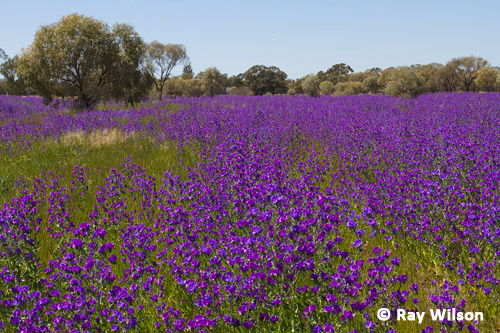
View from a Sturt Highway rest-stop
It is a long drive from Canberra to Hattah-Kulkyne (about 800km) but the monotony was frequently broken by sweeping vistas of mile upon mile of fields filled with gorgeous purple spring flowers.
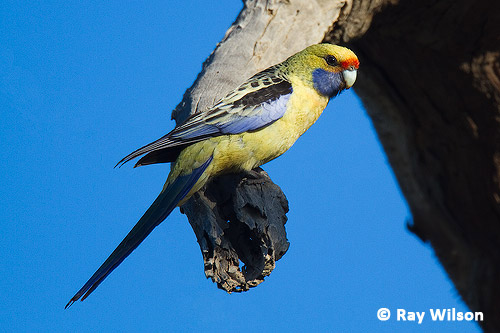
Yellow Rosella (Platycercus flaveolus)
I eventually arrived at Hattah-Kulkyne in the early evening and took advantage of the last couple of hours of daylight to photograph the birds that were frequenting the areas close to the campsite. Yellow Rosellas are sometimes considered to be a subspecies of Crimson Rosella, but current taxonomies treat it as a full species. They were fairly common around the campsite and visitor's centre.
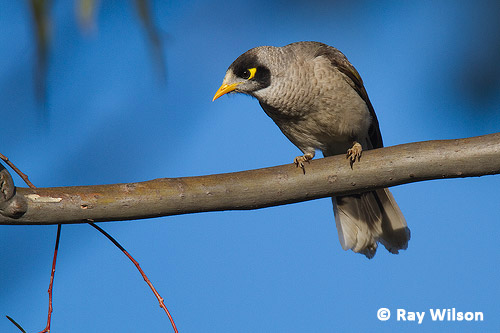
Noisy Miner (Manorina melanocephala)
Noisy Miners were, by far, the most abundant bird in the area. Practically every bird I looked at seemed to be of this species.
Hattah-Kulkyne NP is mostly an area of typical mallee scrub and open native pine woodlands, but its main draw is the large number of permanent lakes that are occasionally connected to the nearby Murray River during times of flood. Such reliable sources of open water are very rare in inland Australia and consequently it supports a wide variety of wildlife.
Black-tailed Native-hen (Gallinula ventralis)
Black-tailed Native-hen is a shy relative of the Moorhen that was skulking along the edges of areas of dense lakeside vegetation.
Opium Poppy (Papaver somniferum)
There was quite a good variety of wildflowers in bloom. The Opium Poppy is a non-native naturalised plant in Australia that have established themselves in many areas after escaping from cultivation.
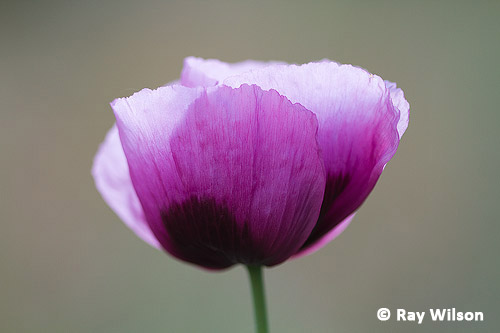
Opium Poppy (Papaver somniferum)
Poached Egg (Polycalymma stuartii)
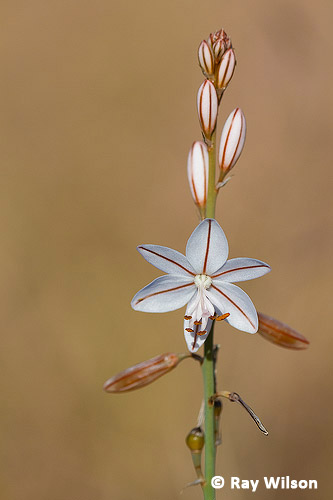
Many areas of the desert scrub were carpeted with flowers such as these Aizoaceae flowers.
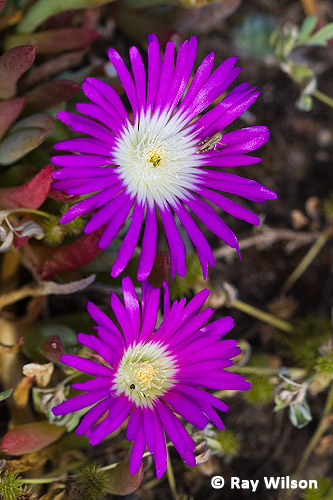
Pigface sp. (Aizoaceae) |
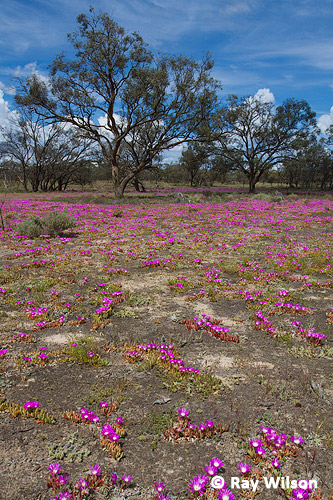
|
After I had been walking for about 3 hours one morning, a violent thunderstorm started brewing and it looked like it was coming straight towards me...not what you really want when you are carrying what is essentailly a very expensive lightning rod on your shoulder!
Approaching thunderstorm
Thankfully the storm was very localised and passed about 1km to the north. I didn't even get wet!
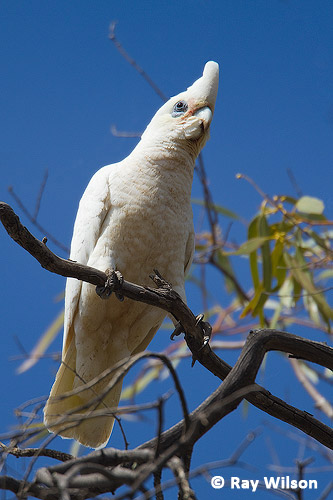 |
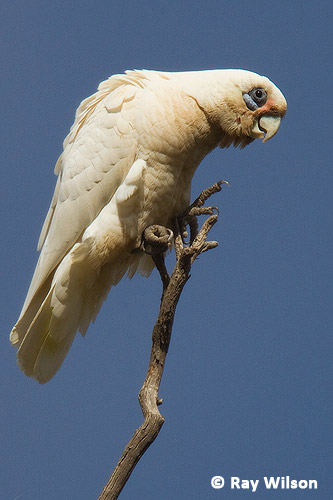 |
Little Corella (Cacatua sanguinea)
The mallee scrub around the lakes was home to several species of parrot, including Little Corella, Red-rumped Parrot, Mallee Ringneck, Galah and Sulphur-crested Cockatoo...
Red-rumped Parrot (Psephotus haematonotus)
Mallee Ringneck (Barnardius barnardi)
Mallee Ringneck (Barnardius barnardi)
Galah (Eolophus roseicapilla)
Sulphur-crested Cockatoo (Cacatua galerita)
Around the campsite Grey Butcherbirds and Sacred Kingfishers could occasionally be seen hunting for lizards and large invertebrates...
Grey Butcherbird (Cracticus torquatus)
Sacred Kingfisher (Todiramphus sanctus)
One morning I came across a young Australian Magpie that had fallen out of its nest and had climbed onto a nearby fence...
Australian Magpie (Gymnorhina tibicen) fledgling
The campsite toilets were home to two interesting spiders...
female Red-back spider (Lactrodectus hasselti)
Redbacks are relatives of the North American Black Widow and have similar habits and venom toxicity. Before the 1950's there were at least 13 deaths attributed to Red-back bites. Since then there have been over 5000 reported cases of Red-back bites, but deaths are extremely rare now due to the availability of an effective antivenom.
Social Huntsman Spider (Delena cancerides)
This large (10cm leg span) huntsman spider was resting on the wall of one of the cubicles. Despite their fearsome size, Huntsmen are not particularly aggressive and do not readily bite humans. Even on the rare occassions they do bite, the effects are relatively minor with only local pain persisting for a few days and no significant after-effects.
Black House Spider (Badumna insignis)
I had a bit of a near miss with the spider above when I was dismantling the tent. It had built its funnel-shaped silken retreat on the inside of the outer shell of the tent and fell out onto the ground as I was rolling up the tent. I am very thankful that it didn't land on me! The bite of this species is reported to be extremely painful and can cause profuse sweating, shivering and muscle weakness followed by semiconsciousness and nausea. Symptoms can persist for about a week before slowly receding but severe ulceration of the bitten area can last for several months.
Apostlebird (Struthidea cinerea)
While I was distracted photographing the Black House Spider, a group of Apostlebirds came down to investigate my camping gear to see if there was any food worth stealing. They are very bold and inquisitive birds and can be extremely tame. The above photo was taken with a 100mm macro lens!
Ray Wilson owns the copyright of all images on this site.
They may not be used or copied in any form without prior written permission.
raywilsonphotography@googlemail.com
